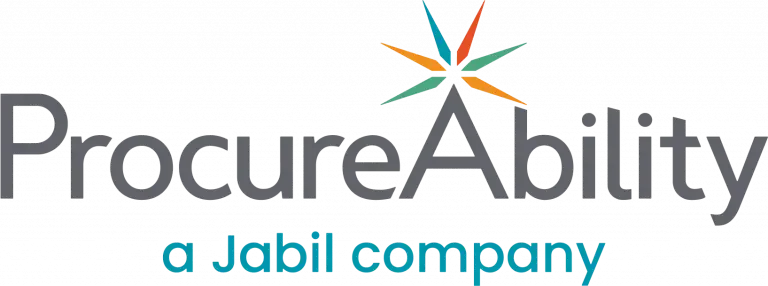
Volatility in global supply chains is here to stay. From capacity constraints to shifting demand patterns, procurement and logistics leaders must continuously adapt. A modern transportation sourcing strategy requires agility, visibility, and alignment with broader business goals. Below is a breakdown of key logistics modes and actionable steps for optimizing your sourcing approach in today’s environment.
Trucking: Rising Costs, Evolving Demand
Demand for trucking services remains high, fueled by growth in short-haul, final-mile, and warehouse deliveries. However, ongoing driver shortages and limited capacity are pushing freight rates higher, making cost management a top priority for procurement and logistics leaders. To address these challenges and strengthen your transportation sourcing strategy, consider the following actions:
- Evaluate opportunities to implement or expand a dedicated or private fleet model to ensure capacity and improve service consistency
- Conduct a network analysis to consolidate routes, reduce empty miles, and align distribution with demand patterns
- Optimize fleet operations, including fuel efficiency, driver productivity, and maintenance programs, to reduce total cost of ownership and improve long-term performance
Air Freight: High Cost, Limited Capacity
With constrained capacity and rising demand for expedited delivery, air freight remains one of the most expensive and volatile logistics options. Fluctuating rates and inconsistent service levels are driving many procurement teams to reassess their logistics strategies and reduce reliance on air transport. To mitigate cost and risk, consider the following steps:
- Use network modeling to identify lanes that can shift to more cost-effective modes
- Revisit carrier agreements and explore volume-based negotiations to improve pricing and service terms
- Engage freight specialists to enhance visibility, improve forecasting, and increase negotiation leverage with carriers
Ocean Freight: Capacity and Cost Pressures Persist
Ocean freight continues to face disruption due to persistent container shortages, port congestion, and fluctuating global demand. While pricing has eased from previous peaks, capacity remains unpredictable, particularly in high-traffic trade lanes—posing ongoing challenges for procurement and supply chain leaders. To strengthen your ocean freight strategy:
- Incorporate backup plans and diversified sourcing lanes to reduce risk
- Track equipment availability and monitor regional congestion to anticipate delays
- Evaluate nearshoring or multi-port entry strategies to improve flexibility and shorten lead times
Rail: Consistent, Cost-Efficient, and Evolving
Rail freight volumes have largely stabilized, with intermodal and bulk commodity shipments driving recovery. While pricing remains relatively steady, efficiency gains from Precision Scheduled Railroading (PSR) and advances in logistics technology are enhancing service reliability and consistency. To leverage rail as part of your broader procurement strategy:
- Identify mode shift opportunities in mid-range lanes to optimize cost and service
- Capitalize on improved intermodal reliability to reduce total transportation spend
- Incorporate rail solutions into sustainability or decarbonization initiatives
Bringing It All Together
A strong transportation sourcing strategy is about building a resilient, responsive logistics network that supports the business through disruption and growth. Some key questions to ask are:
- Is your transportation strategy aligned with overall company goals? Strategic alignment begins with a clear view of capacity, cost, and service tradeoffs.
- Have you conducted a network review in the past 12 months? If not, you may be missing out on opportunities to optimize your distribution footprint.
- Does your logistics team have the right tools and capabilities? Upskilling, data tools, and external sourcing support can help your team meet changing demands.
Logistics leaders have an opportunity to turn complexity into competitive advantage. With the right mix of data, supplier collaboration, and strategic foresight, procurement can lead the way in shaping a resilient and cost-effective supply chain.



